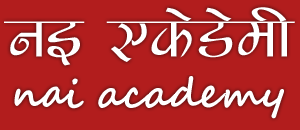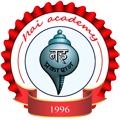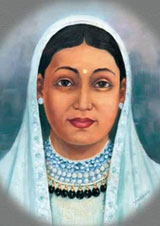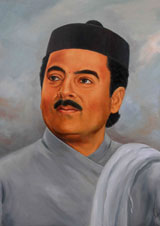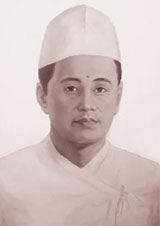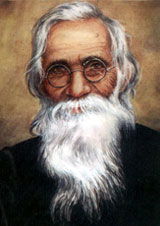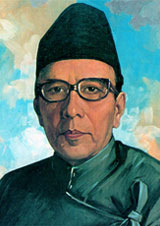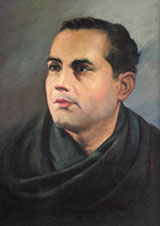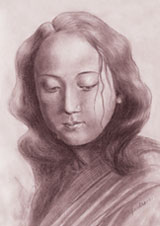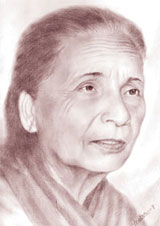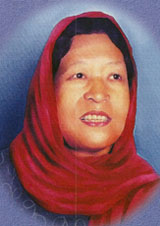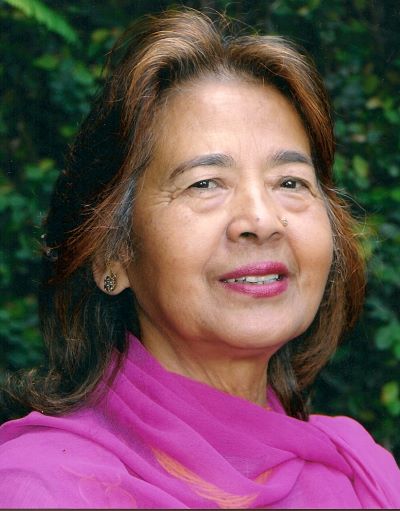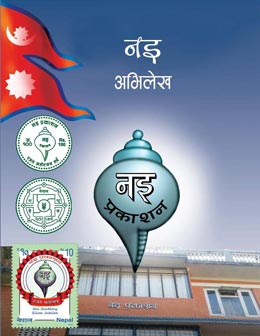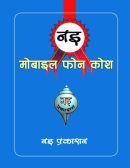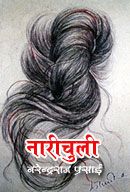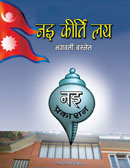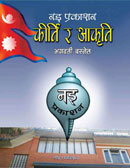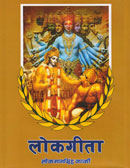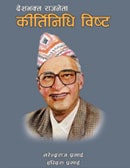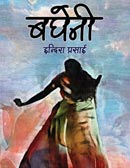
Motiram Bhatta, poet and the first biographer of Bhanubhakta Acharya, coined the term aadikavi (meaning the first poet) for Bhanubhakta Acharya in B.S.1948 but it wasn’t used in practice. It was only in B.S.1997, after Juddha Shumsher Rana gave orders that Bhanubhakta could be addressed as aadikavi that Bhanubhakta became aadikavi for the common man.
Surya Bikram Gyawali continued to work on the incomplete works on Bhanubhakta begun by Motiram Bhatta after his early demise. The following individuals Vishnumayadevi (Acharya), Baburam Acharya, BalkrishnaSama, Laxmi Prasad Devkota, Surya BikramGyawali, Dharanidhar Koirala, Parasmani Pradhan, Shambhu Prasad Dhungyal, Balchandra Sharma, Brahma Shumsher, Bhaichandra Pradhan, Hridaya Chandra Singh Pradhan, Indra Bahadur Rai, Naranath Acharya, Muktinath Acharya, Sharvaraj Acharya, Shivaraj Acharya Koudinnyayan, Vrataraj Acharya, Giriraj Acharya, Narayandutta Shastri, Balchandra Sharma, Shribhadra Sharma, Junanath Sharma, Suman Dhakal, Ramchandra Sharma Poudel, Chandreshwar Dubey, Bhadravir Adhikari, etc. worked towards refining Bhanubhakta’s public personality. Some of the above mentioned literary personalities composed whole books on the life of Bhanubhakta. Some even managed to add their own imaginary facts to his life. Many writers continued to work on and add on Motiram Bhatta’s work.
Writers like Kavita Lama, Narendra Raj Prasai, Rajani Dhakal, Basudev Tripathi, Indira Prasai, Rajendra Subedi, Mahadev Awasthi worked wholeheartedly to expand his name and work. Bhawani Ghimire published a grand special edition on Bhanubhakta. Yadav Kharel went a step further and created a screenplay based on the life of Bhanubhakta while Music Nepal brought out the seven episode Ramayana in CD form. Subsequently, Bhanubhakta’s glory was magnified.
Motiram Bhatta had written the birth of Bhanubhakta as B.S. 1869. However, in B.S. 1998 Bhanubhakta’s granddaughter Vishnumayadevi published a book named Bhanubhakta Manimala where she confirms that Bhanubhakta was born on Asadh 27, B.S. 1871. The book was also said to contain Bhanubhakta’s janmakundali (birth chart) and a sloka (verse) on the janmakundali composed by none other than Bhanubhakta himself. However, no concrete proof has been discovered so far that the above mentioned janmakundali and sloka were composed by Bhanubhakta. In fact, according to Hindu custom, when a Brahmin dies his janmakundali is burnt in the funeral pyre and Bhanubhakta himself was a pundit (Sanskrit scholar). And there was no reason to save the janmakundali because he wasn’t an aadikavi at that time. The question arises as to what was the motive behind Bhanubhakta’s janmakundali being published seventy-three years posthumously (after his death)?
Writer’s after Motiram came up with dramatic documents in the process of writing Bhanubhakta’s biography. It can be seen that Naranath Acharya also worked towards disclaiming Motiram Bhatta and gave his wholehearted approval on all the claims made by Vishnumayadevi. After that others from the Acharya clan too came forward as witnesses to support Naranath and Vishnumayadevi’s claims. In reality, it became difficult to differentiate facts from fiction on the life of Bhanubhakta. So much so that from among the Acharya clan there appeared different versions of Bhanubhakta’s poetry. It was only after Narendraraj Prasai’s Bhanubhaktako Jeevanvritta was published on Bhanubhakta Acharya’s bicentennial program conducted by the Nepal Government, that many queries were answered.
Sanskrit was the respected language during Bhanubhakta’s childhood and Nepali was considered a lowly language. It was Bhanubhakta who raised Nepali and made it the crown on his head. Even at a young age he spoke in Nepali verse, sang in verse and danced in verse. Once a scholar from Kashi asked his introduction and this was his reply in Nepali verse
In the noble country of Tanahun in the hills resided a Brahmin Shrikrishna,
He belonged to the lofty kul of Aryavanshi and committed his mind to good deeds.
He was a great scholar and provided me with an education
I, Bhanubhakta am the grandson of this person and this is my introduction.
Bhanubhakta’s knowledge came from his grandfather Shrikrishna Acharya. Wherever in Nepal or all the way to Kashi, where his grandfather went Bhanubhakta followed him along. Besides being a religious person, his grandfather was also a learned scholar. Shrikrishna possessed a respectable name all over Tanahun. That is why right from his childhood, Bhanubhakta’s daily lifestyle was that of a poet, landlord and royal splendor all combined.
Shrikrishna’s son Dhananjaya also received an education from childhood. He went on to become a government khardar (non-gazetted officer) and Bhanubhakta was born to him a few years later. Dhananjaya and Dharmavatidevi jointly gave birth to Bhanubhakta at Acharya Niwas, Chundibesi, Rumgha, but it was Motiram Bhatta who introduced him to the world.
Motiram Bhatta too shone after raising the name and fame of Bhanubhakta. It was Motiram Bhatta who wrote Bhanubhakta’s biography and went to great lengths toelevate the name of Bhanubhakta and to make him a household name. Motiram bent on his knees to raise Bhanubhakta and bring about literary awareness in Nepali life. Motiram gave due respect to Bhanubhakta to help take Nepali literature to great heights. That is why he held up Bhanubhakta on his shoulders as his character hero. It was Motiram Bhatta alone who worked hard to make Bhanubhakta the crown of Nepali Literature. However, Vishnumayadevi, Bhanubhakta’s granddaughter began the conspiracy to undermine Motiram Bhatta and his efforts and others from the Acharya clan followed suit. There is not a single mention of Motiram Bhatta in Bhanubhakta Manimala.
Bhanubhakta secured a government job at the age of thirty-seven but his boss removed him in just two years’ time. He was accused of embezzling government funds and locked up in jail at Kumarichowk. This prison stint worked as a boon in disguise for Bhanubhakta. In his five months as a prisoner he translated the verses of Ayodhya, Wilderness, Kishkindha and Beauty episodes of the Ramayana.
Prior to the Ramayana, it was the Purans (religious scriptures in Sanskrit) that were recited all over Nepal. At that time not everyone could afford the liberty to read Sanskrit. After Bhanubhakta’s Ramayana came, most households kept a Ramayana. It is from then that men, women from all castes got similar opportunities to read. Subsequently, Bhanubhakta’s Ramayan began to be recited and sung everywhere from weddings to purans and within a short span of time it gained popularity wherever Nepalis lived. Nepalis the world over have accepted Bhanubhakta in the form of Manaspita (intellectual father). Today Bhanubhakta’s glory is sung more in India than in Nepal, especially in the region of Sikkim and Darjeeling. Bhanu Jayanti is celebrated like a festival in the region and almost everyone wears the traditional daura-suruwal and gunyu-cholo on that day. On Bhanu Jayanti sounds of traditional musical instruments like the narsingha, tyampko, damahaand jhyamta resound in the air. The celebration is so grand that the sound of the Bhanu Jayanti celebration can be heard even in the neighbouring areas of Nepal. For the Gorkhas of the region, Bhanu Jayanti is considered a greater festival than Dashain. It was only after Darjeeling began celebrating Bhanu Jayanti that the tradition began in Nepal.
Bhanubhakta’s literary creations come in the forefront of the Nepali language. He wrote the Ramayan on the basis of his individual talent. Although ‘Adhyatmik Ramayan’ was a translated epic Bhanubhakta wrote it like an original epic. No Nepali poet prior to Bhanubhakta had been able to present Nepali literature in such an easy, simple and original form. That is precisely why Bhanubhakta’s Ramayana is considered to be the first epic in Nepali literature.
Prithvi Narayan Shah unified Nepal as a nation-state and Bhanubhakta ensured the cultural unification of the Nepali language. Bhanubhakta’s contribution to the Nepali language brought about a linguistic unity in the Nepali speaking populace the world over.
Besides the seven episodes of Ramayana, Bhanubhakta enriched the Nepali language with Prashnottar laghu kavya, Bhaktamala, Badhushiksha and Ramgeeta as well as a large chunk of miscellaneous poetry. In spite of his other compositions, there is no doubt that it is the Ramayana that has immortalized Bhanubhakta. It was that same Ramayana that made Nepali a household language. In fact, Nepali literature that is at the heart of the Ramayana also became immortal Thus, the creation immortalized the creator and Bhanubhakta will live on forever through his creation.
On the request of his favourable Dharmadutta Subba, in spite of being extremely ill Bhanubhakta translated the Ramgeeta from the Uttarkaanda into Nepali. At the time he was fighting with black fever, yet Bhanubhakta asked his son Ramaaanath to copy the Ramgeeta. After the translation of the above mentioned Ramgeeta, on 6 Ashwin, B.S. 1925 Bhanubhakta Acharya succumbed to the disease and left his mortal body.
By
Narendra Raj Prasai
(Translated from Nepali by Sarita Bhattarai)

